Family Conflicts The work carried out and Alexander
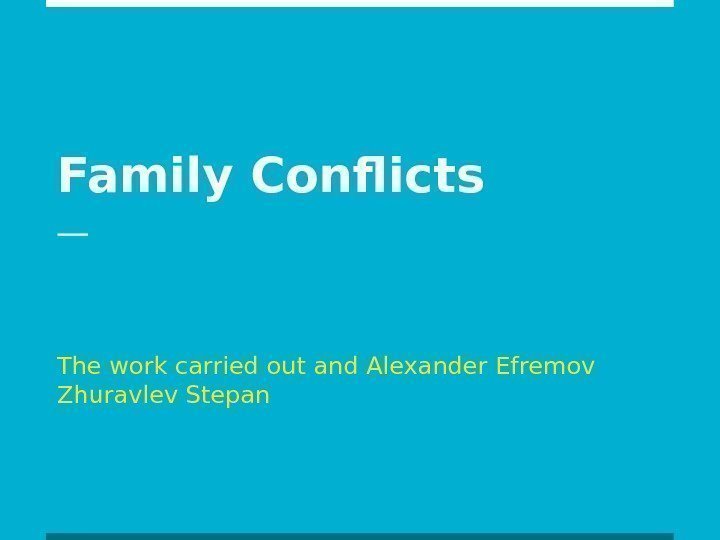

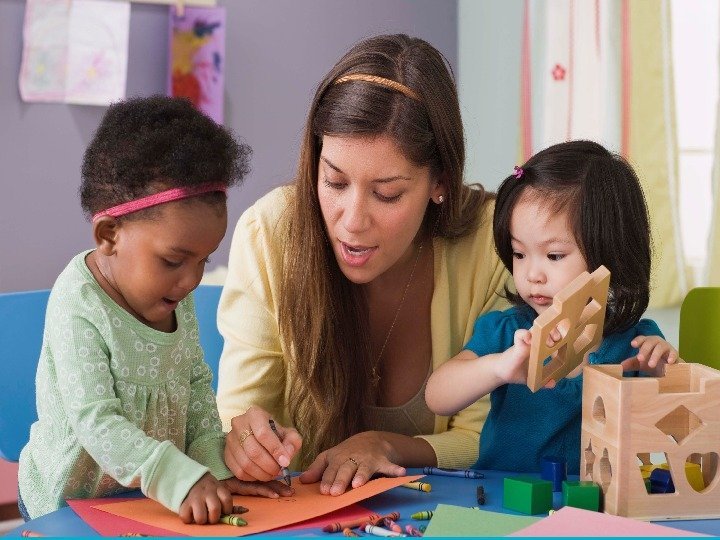

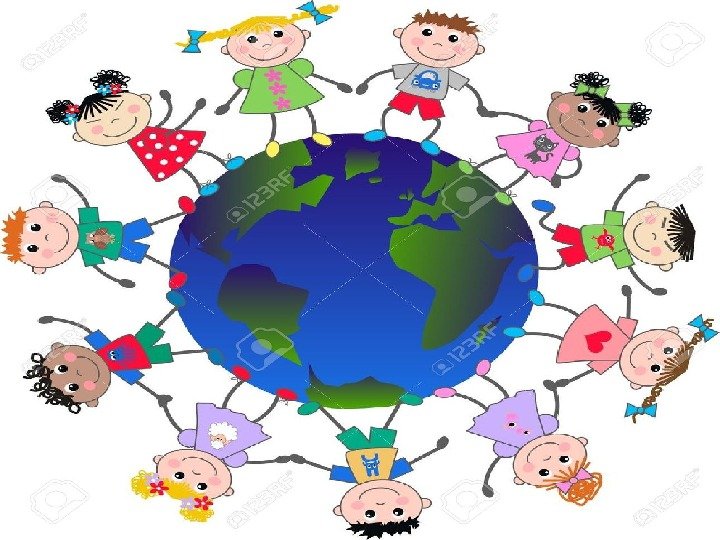
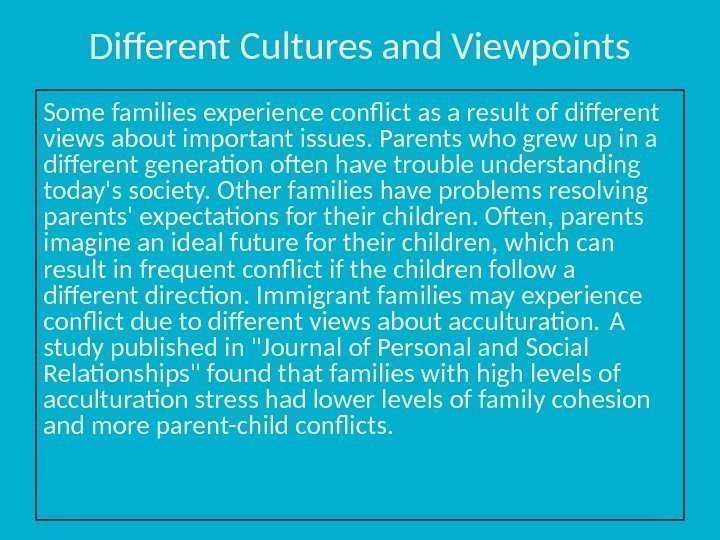
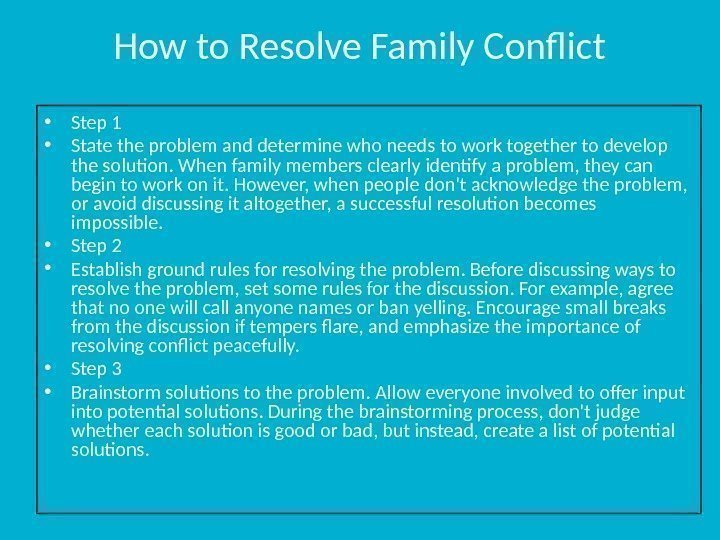
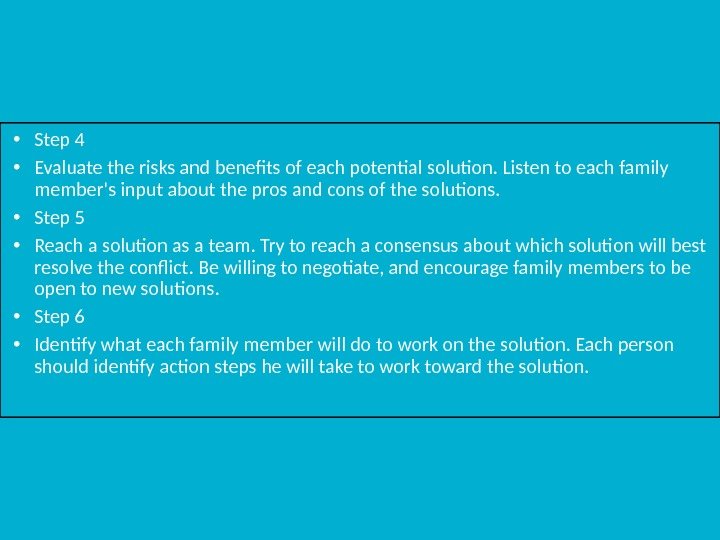

family_conflict_.pptx
- Размер: 3.5 Мб
- Автор:
- Количество слайдов: 9
Описание презентации Family Conflicts The work carried out and Alexander по слайдам
 Family Conflicts The work carried out and Alexander Efremov Zhuravlev Stepan
Family Conflicts The work carried out and Alexander Efremov Zhuravlev Stepan
 Family Conflict Every family experiences conflict in its own way. Disagreements are a normal part of being a family and living together. Family discord is often a result of different personalities, misunderstandings and stressful family issues. Understanding that conflict is normal is the first step in learning to deal with these situations. It is important for families to learn appropriate ways to deal with problems that will promote growth and cohesion.
Family Conflict Every family experiences conflict in its own way. Disagreements are a normal part of being a family and living together. Family discord is often a result of different personalities, misunderstandings and stressful family issues. Understanding that conflict is normal is the first step in learning to deal with these situations. It is important for families to learn appropriate ways to deal with problems that will promote growth and cohesion.
 Parental Conflict Parental conflict is common in many families and often leads to friction involving the entire family. Most parental problems revolve around financial matters, infidelity, different views regarding child rearing and family decision making. Homes with high levels of parental conflict often have a tense and hostile environment that can have detrimental effects on the children. A 1998 study published in «Family Relations» found that children in high-conflict families demonstrated lower levels of well-being in internalizing behaviors, externalizing behaviors and conflict with peers.
Parental Conflict Parental conflict is common in many families and often leads to friction involving the entire family. Most parental problems revolve around financial matters, infidelity, different views regarding child rearing and family decision making. Homes with high levels of parental conflict often have a tense and hostile environment that can have detrimental effects on the children. A 1998 study published in «Family Relations» found that children in high-conflict families demonstrated lower levels of well-being in internalizing behaviors, externalizing behaviors and conflict with peers.
 Poor Family Communication Another type of family conflict is lack of proper communication. In today’s society, many families communicate superficially and don’t have time to share meaningful conversations. The conflict in this arrangement is that there are no opportunities to discuss family values, issues and other important topics; this often leads to disagreements. Communication conflicts are also present in families that lack healthy communication skills and engage in yelling, cursing, blaming and insulting.
Poor Family Communication Another type of family conflict is lack of proper communication. In today’s society, many families communicate superficially and don’t have time to share meaningful conversations. The conflict in this arrangement is that there are no opportunities to discuss family values, issues and other important topics; this often leads to disagreements. Communication conflicts are also present in families that lack healthy communication skills and engage in yelling, cursing, blaming and insulting.
 Parent-Child Power Struggles • A parent-child power struggle can create conflict and stress for the entire family. Having a child who wants to control the parent leads to increased parent frustration and decreased patience when dealing with other family members. The other children often feel that the defiant child is receiving more attention and may start acting out themselves. Power struggles frequently result from different parent and child temperaments or difficult developmental stages, such as the «terrible twos» or adolescence.
Parent-Child Power Struggles • A parent-child power struggle can create conflict and stress for the entire family. Having a child who wants to control the parent leads to increased parent frustration and decreased patience when dealing with other family members. The other children often feel that the defiant child is receiving more attention and may start acting out themselves. Power struggles frequently result from different parent and child temperaments or difficult developmental stages, such as the «terrible twos» or adolescence.
 Different Cultures and Viewpoints Some families experience conflict as a result of different views about important issues. Parents who grew up in a different generation often have trouble understanding today’s society. Other families have problems resolving parents’ expectations for their children. Often, parents imagine an ideal future for their children, which can result in frequent conflict if the children follow a different direction. Immigrant families may experience conflict due to different views about acculturation. A study published in «Journal of Personal and Social Relationships» found that families with high levels of acculturation stress had lower levels of family cohesion and more parent-child conflicts.
Different Cultures and Viewpoints Some families experience conflict as a result of different views about important issues. Parents who grew up in a different generation often have trouble understanding today’s society. Other families have problems resolving parents’ expectations for their children. Often, parents imagine an ideal future for their children, which can result in frequent conflict if the children follow a different direction. Immigrant families may experience conflict due to different views about acculturation. A study published in «Journal of Personal and Social Relationships» found that families with high levels of acculturation stress had lower levels of family cohesion and more parent-child conflicts.
 How to Resolve Family Conflict • Step 1 • State the problem and determine who needs to work together to develop the solution. When family members clearly identify a problem, they can begin to work on it. However, when people don’t acknowledge the problem, or avoid discussing it altogether, a successful resolution becomes impossible. • Step 2 • Establish ground rules for resolving the problem. Before discussing ways to resolve the problem, set some rules for the discussion. For example, agree that no one will call anyone names or ban yelling. Encourage small breaks from the discussion if tempers flare, and emphasize the importance of resolving conflict peacefully. • Step 3 • Brainstorm solutions to the problem. Allow everyone involved to offer input into potential solutions. During the brainstorming process, don’t judge whether each solution is good or bad, but instead, create a list of potential solutions.
How to Resolve Family Conflict • Step 1 • State the problem and determine who needs to work together to develop the solution. When family members clearly identify a problem, they can begin to work on it. However, when people don’t acknowledge the problem, or avoid discussing it altogether, a successful resolution becomes impossible. • Step 2 • Establish ground rules for resolving the problem. Before discussing ways to resolve the problem, set some rules for the discussion. For example, agree that no one will call anyone names or ban yelling. Encourage small breaks from the discussion if tempers flare, and emphasize the importance of resolving conflict peacefully. • Step 3 • Brainstorm solutions to the problem. Allow everyone involved to offer input into potential solutions. During the brainstorming process, don’t judge whether each solution is good or bad, but instead, create a list of potential solutions.
 • Step 4 • Evaluate the risks and benefits of each potential solution. Listen to each family member’s input about the pros and cons of the solutions. • Step 5 • Reach a solution as a team. Try to reach a consensus about which solution will best resolve the conflict. Be willing to negotiate, and encourage family members to be open to new solutions. • Step 6 • Identify what each family member will do to work on the solution. Each person should identify action steps he will take to work toward the solution.
• Step 4 • Evaluate the risks and benefits of each potential solution. Listen to each family member’s input about the pros and cons of the solutions. • Step 5 • Reach a solution as a team. Try to reach a consensus about which solution will best resolve the conflict. Be willing to negotiate, and encourage family members to be open to new solutions. • Step 6 • Identify what each family member will do to work on the solution. Each person should identify action steps he will take to work toward the solution.

